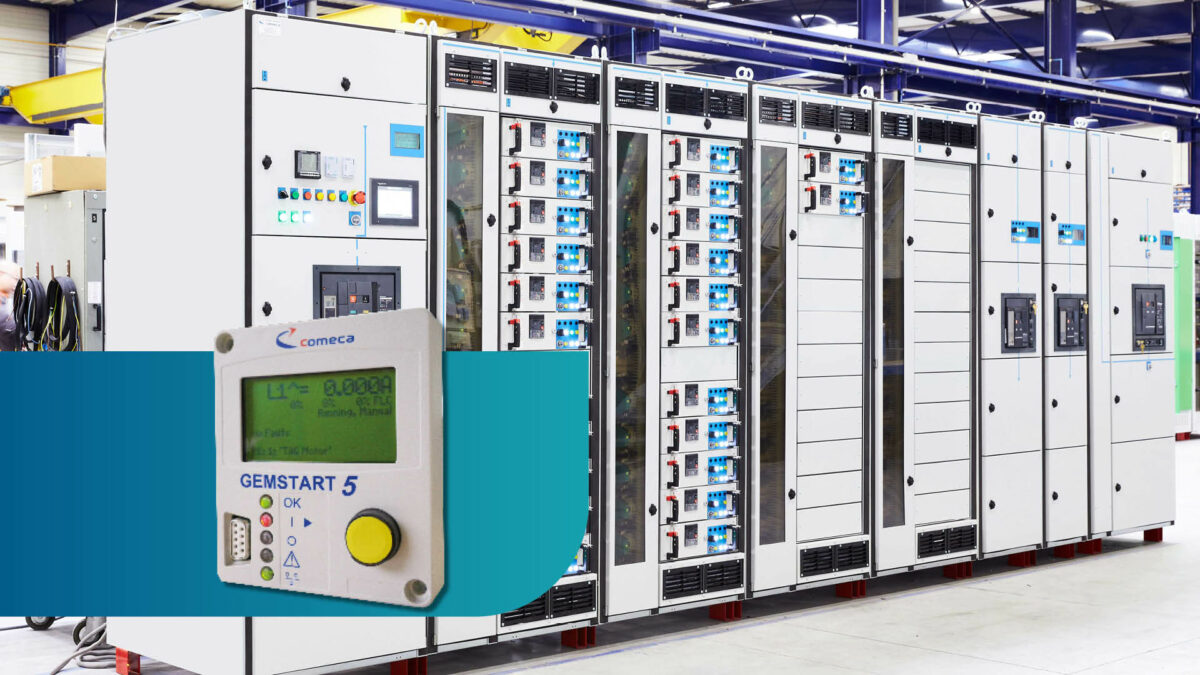Digital thermal protection relays offer significant advantages over bimetal thermal relays, although the initial investment is higher.
Improve Reliability of Small and Large Motor Production Processes
Some continuous process plants have introduced digital relays on all their electric motors to maximise the information flow and thus improve process reliability. It is also possible to opt for a selection of the motors concerned, to limit the initial investment.
An intuitive approach is to use the bimetal thermal relay for small motors and the digital thermal relay for larger motors. Indeed, the acquisition or rewinding cost of a large motor is always more significant than for a small motor. On the other hand, from a certain size of motor onwards, bimetallic thermal relays also use current transformers, which reduces the price difference between bimetallic and digital protection.
Given the early indications that digital protection can provide, and therefore the advantage in terms of availability, it is necessary to consider the motor’s critical nature in the overall manufacturing process. A small motor failure can lead to the complete shutdown of a production line or spoil a batch of production in progress, so this motor will have to be closely monitored to prevent this and it deserves digital protection even if it is a low cost motor.
Avoiding Production Stoppage with Digital Thermal protection Relay
Another consideration is what the motor drives. A motor stoppage can cause irreversible damage. For example, an overhead crane carrying a glass or molten metal bag should not fail.
Consider the downtime of the process when a motor fails: e.g. a broken conveyor belt is difficult to repair quickly, a jammed mill is not easy to release, changing a pump or motor in a hard-to-reach place are all examples that may lead to a preference for digital protection.
All of the protections provided by a digital system make it possible to double certain safeguards, which will improve the failure mode analysis, their effects and the manufacturing process criticality.
For example, under-power protection can detect cavitation or lack of fluid in the pump casing even if the process line traditionally uses a dry-running safety device.
By providing information and alarms for both the electrical and motor drive areas, digital protection is useful for collecting measurements to improve the reliability and optimisation of the manufacturing process. Once the plant is in production, any variation from the initial output is detected. The cause of this variation can be investigated and addressed to return to the original operating condition or to optimise the process. Motor ageing can lead to a decrease in efficiency or a decrease in the quality of the product produced.
Digital Thermal protection Relay to Optimise Motor Monitoring
The digital relay is an opportunity to temporarily optimise the monitoring of an electric motor.
Indeed, by taking advantage of a high service index (SI) switchboard allowing to quickly replace a drawer by another one, it is possible to equip its installation with traditional protections but foresee some reserves with digital protections.
When a motor needs to be monitored more closely, the drawer with conventional protection is replaced by a drawer with digital protection. Thus all the measurement and traceability tools are available and make it possible to study in depth a phenomenon on a motor or to seek the causes of its malfunctioning.
> Discover GemStart 5, our digital thermal protection relay to protect your hydrogen production motors.

